Riviera dreaming: Why this glamorous Tuscan seaside town isn't content to fly under the radar anymore
Once frequented by David Bowie, Monte Argentario, on Italy's Tuscan coastline, is back in the spotlight a half century on and betting on a new wave of popularity.
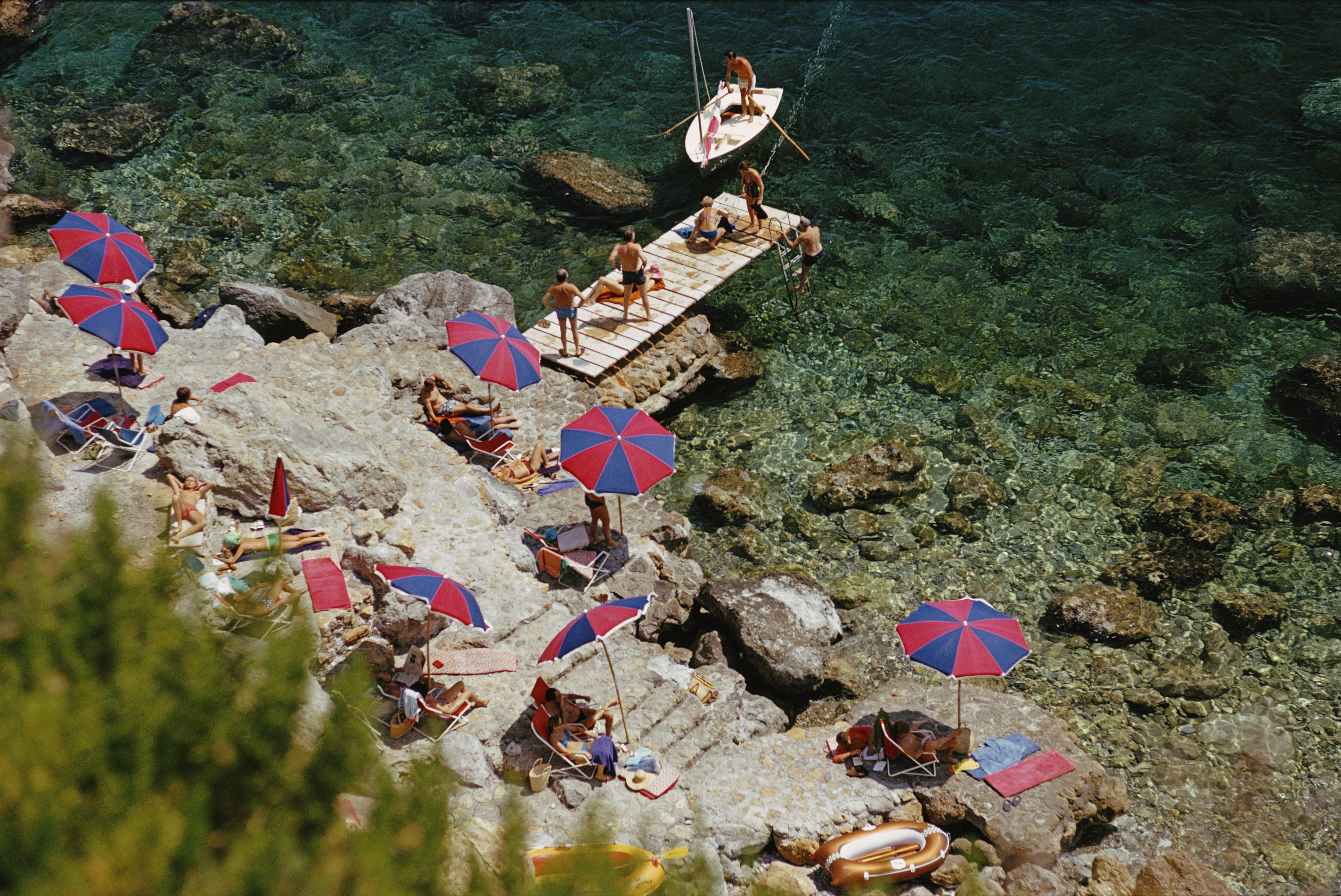

Monte Argentario was a destination in the mid 20th century,’ explains Luca, the guest experience manager at La Roqqa hotel — by which he means luminaries such as Jackie Kennedy Onassis (below), Slim Aarons and David Bowie holidayed there, spreading their particular brand of stardust over its rocky shores, as they did on other places in the Mediterranean, thus making them desirable.
And then, he adds, unlike St Tropez and Capri and Spetses, ‘it fell asleep’.
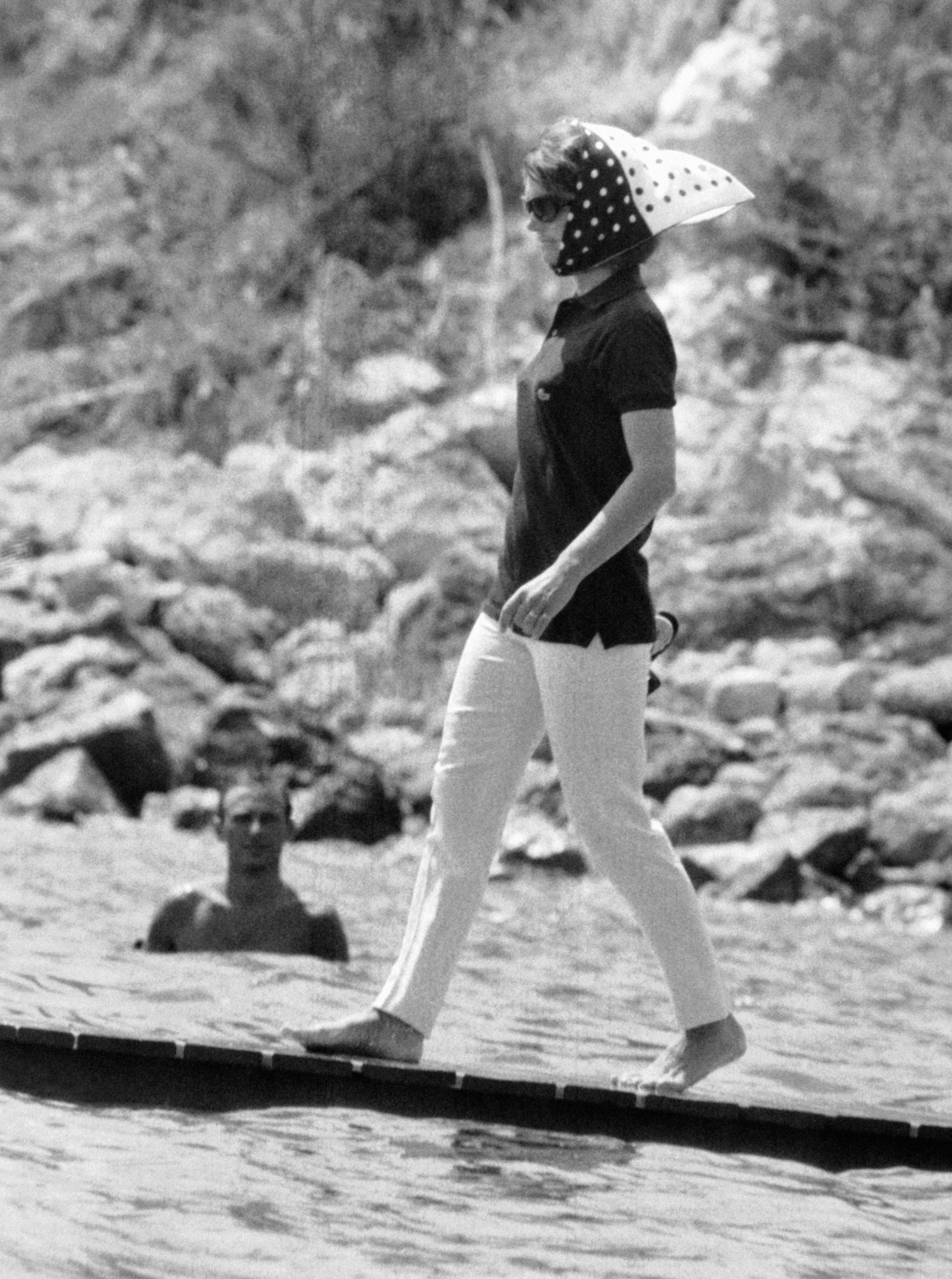
Two decades ago, the Jonssons, the Swedish family behind ABBA Voyage, made the decision to purchase a holiday home.
They bounced from Spain to France to Italy to ‘the usual suspects’, including Amalfi, before settling on Monte Argentario because ‘there were only Italians’ and because they ‘fell in love with the Nature and the culture and the extremely well-kept towns’.
The family spent a few summers in their new home before stumbling on the first of four properties (one is a former tuna and sardine packing factory that shut in the mid 1980s).
The idea, explains Anton Jonsson — co-owner, alongside his father, Conni, and board member of Miramis, the hospitality arm of his family’s holding company, Qarlbo AB — is to usher in a new era of tightly controlled popularity.
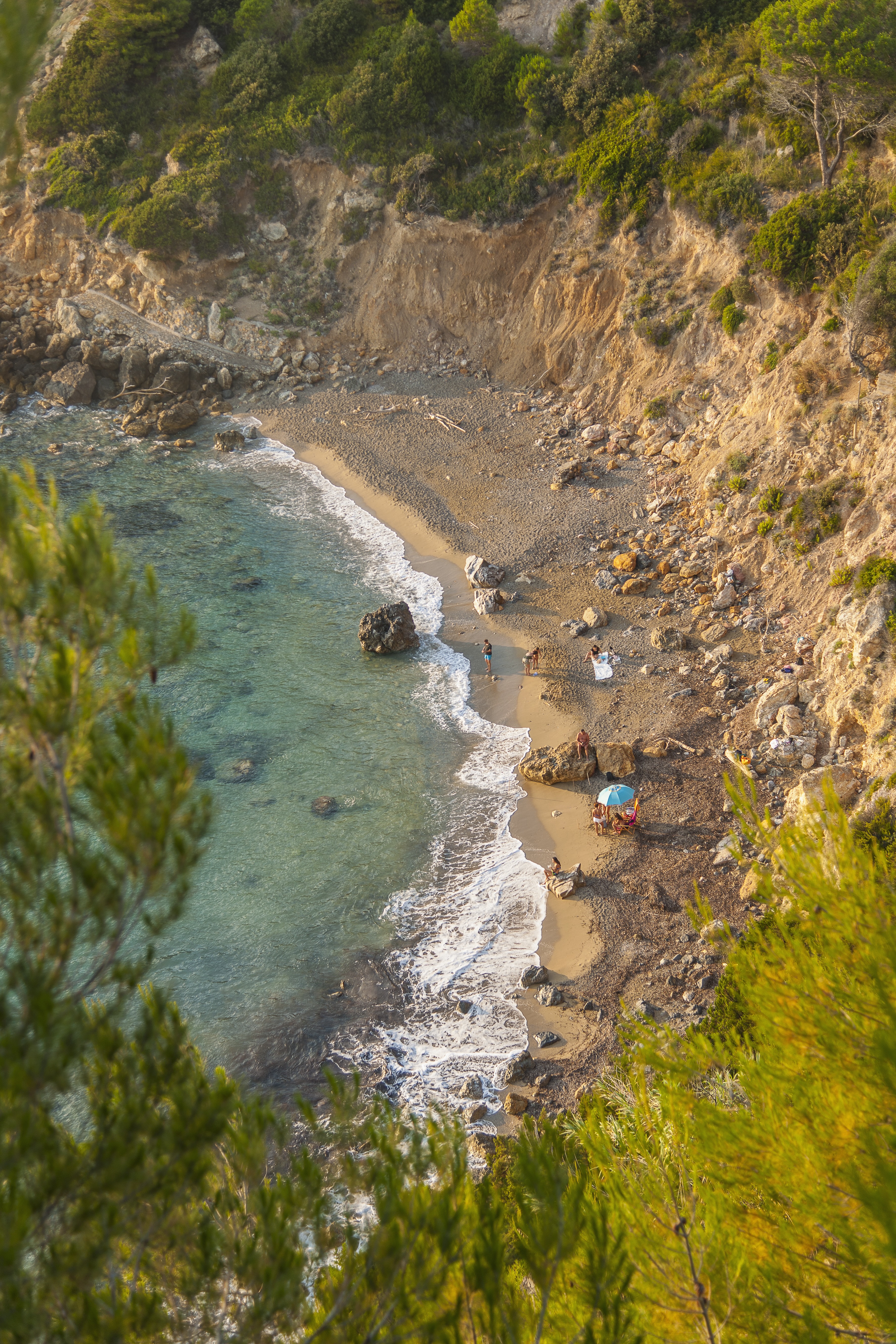
Monte Argentario is a slippery fish to describe — a Tuscan peninsula, a 90-minute drive north of Rome, that’s attached to the mainland by three, finger-thin, manmade spits of land.
Sign up for the Country Life Newsletter
Exquisite houses, the beauty of Nature, and how to get the most from your life, straight to your inbox.
It comprises two main villages: Porto Santo Stefano, the chief settlement, home to a year-round population of about 10,000 people; and Porto Ercole (Port Hercules in English), which is smaller, but the better known of the two.
There are barely visible holiday homes, but not too many and certainly not shiny, ostentatious ones: they are hidden underneath a dusty, green quilt of pines and cork oaks and brittle bushes of rosemary.
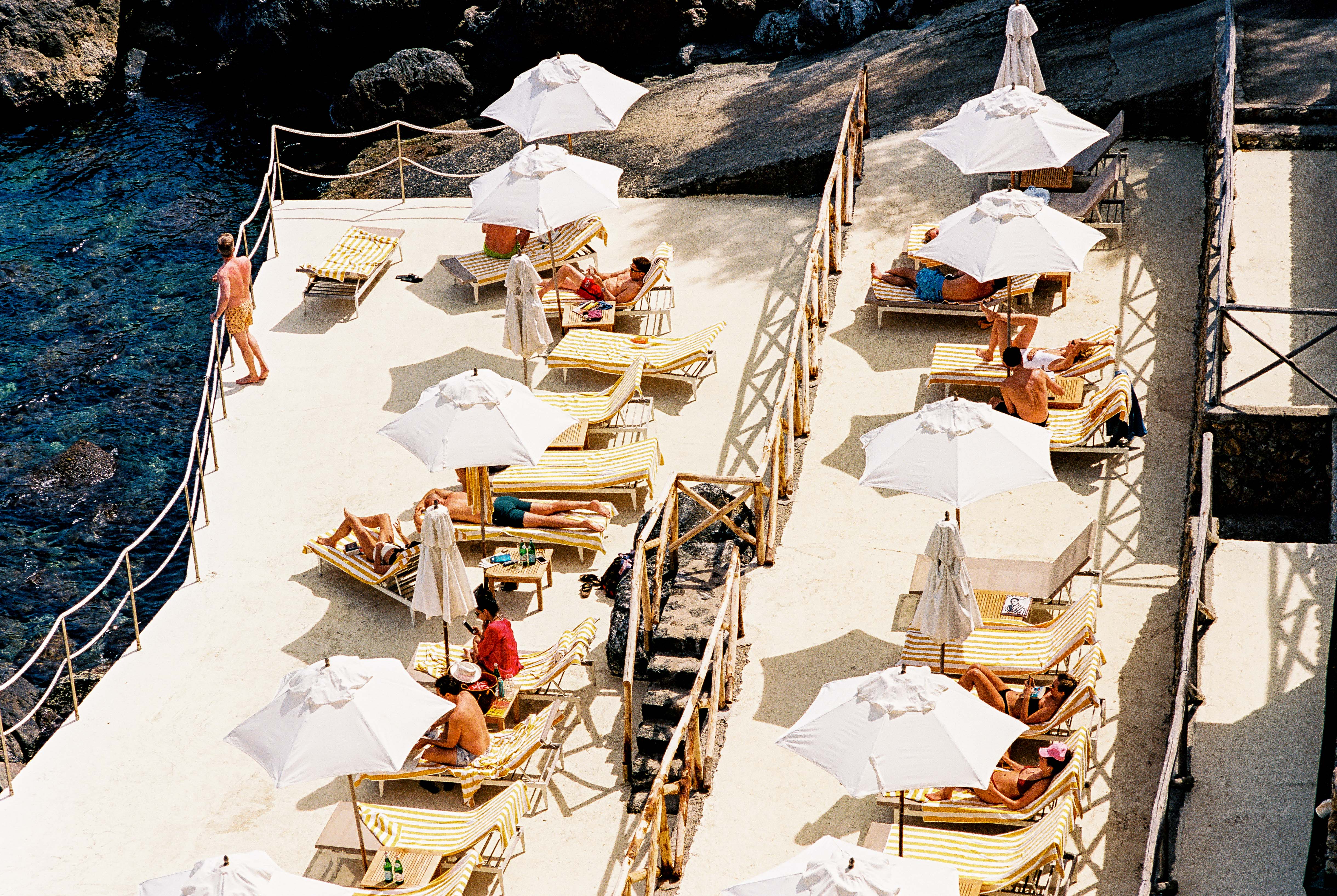
Until recently, there was only one hotel of note, Il Pellicano (above), which, without any competition, has reached almost legendary status as the discreet holiday destination of choice of the rich and famous.
In Ercole — where natural water, as on the rest of the promontory, is scarce — there are no designer stores or fancy, big-name restaurants. Instead, everyone shops for linen cover-ups and stripy towels at Good Harbour and, come the evening, piles into simple pizzeria La Lampara.
Visitors like to hike and to cycle and voyage to the neighbouring islands of Giglio and Giannutri, as much as they like to while away lazy days on beaches, the majority of which are wild and lapped by water so luminously blue that the only reasonable conclusion you’ll come to is that it’s lit from beneath by some supernatural force.
To holiday on the Argentario is to peer back into the past, to the original La Dolce Vita, before the words became a hashtag on Instagram and those places such as Portofino and Capri fell to big-name developers and fashion labels and uncontrollable crowds.
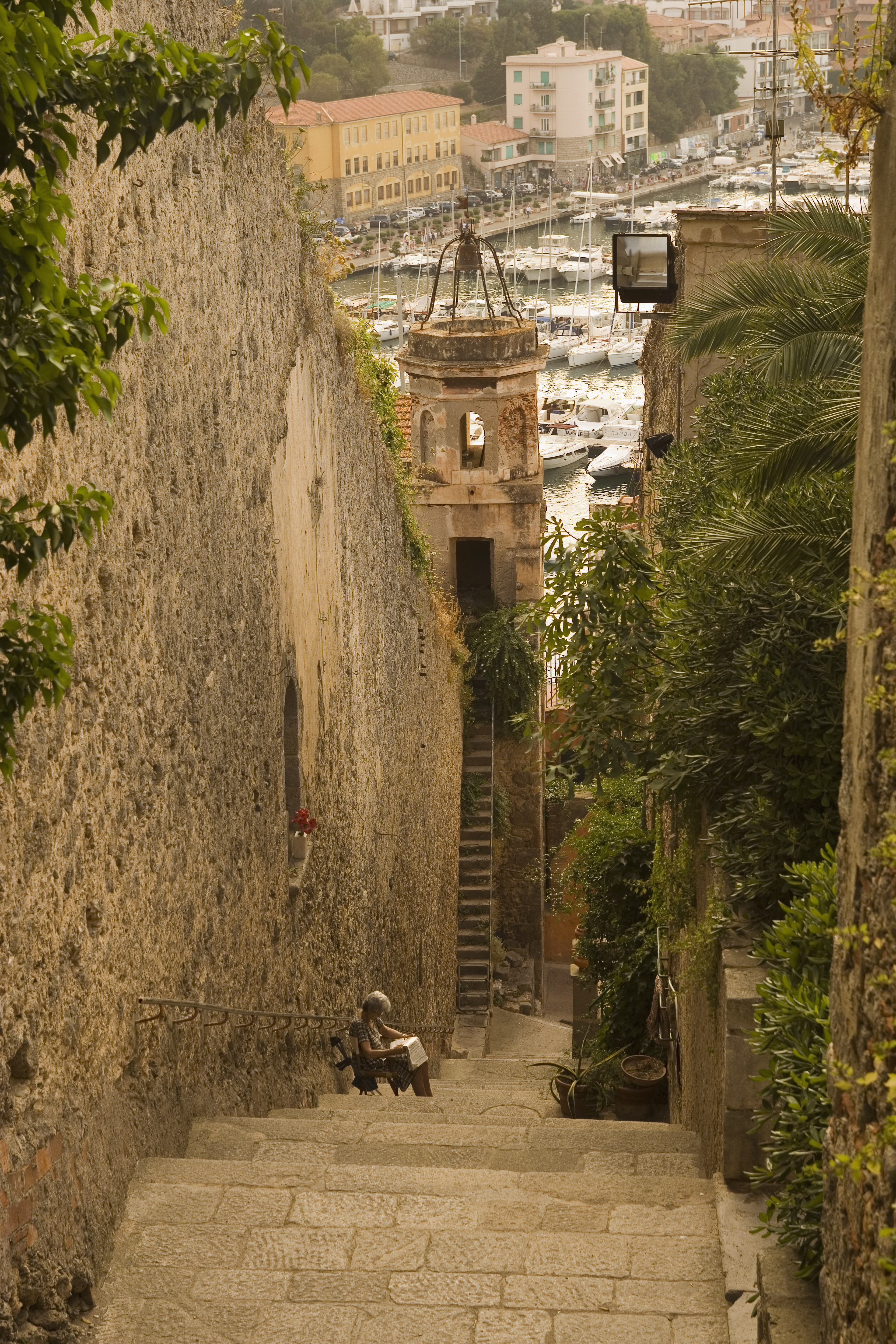
The Jonssons have already transformed one of the buildings purchased in their real-estate shopping spree into La Roqqa, a five-star hotel. It was previously a three-star one and decidedly unremarkable.
Today, it’s a firmly angled red building — the sort of deep red that looks as if it's been singed by the sun — that squats on the corner of a hair-pin bend overlooking Porto Ercole.
The remnants of an ancient road trace a faint path up a steep hill, immediately behind the hotel, all the way up to a fort of the same name (above). Halfway up, there’s the church and hospital that administered to a feverish Caravaggio in the aftermath of the artist's decision to murder someone in the Italian capital and go on the run.
The hotel’s rooftop bar serves potent and exquisitely crafted cocktails inspired by some of his dark and brooding works.
The inside — in tones of blue, green and terracotta, each one chosen to reflect the natural landscape — pays homage to more recent Italian artists, including Gaetano Pesce (1939–2024) and his ‘Up’ armchair, and furnishing greats Cassina and Flos.
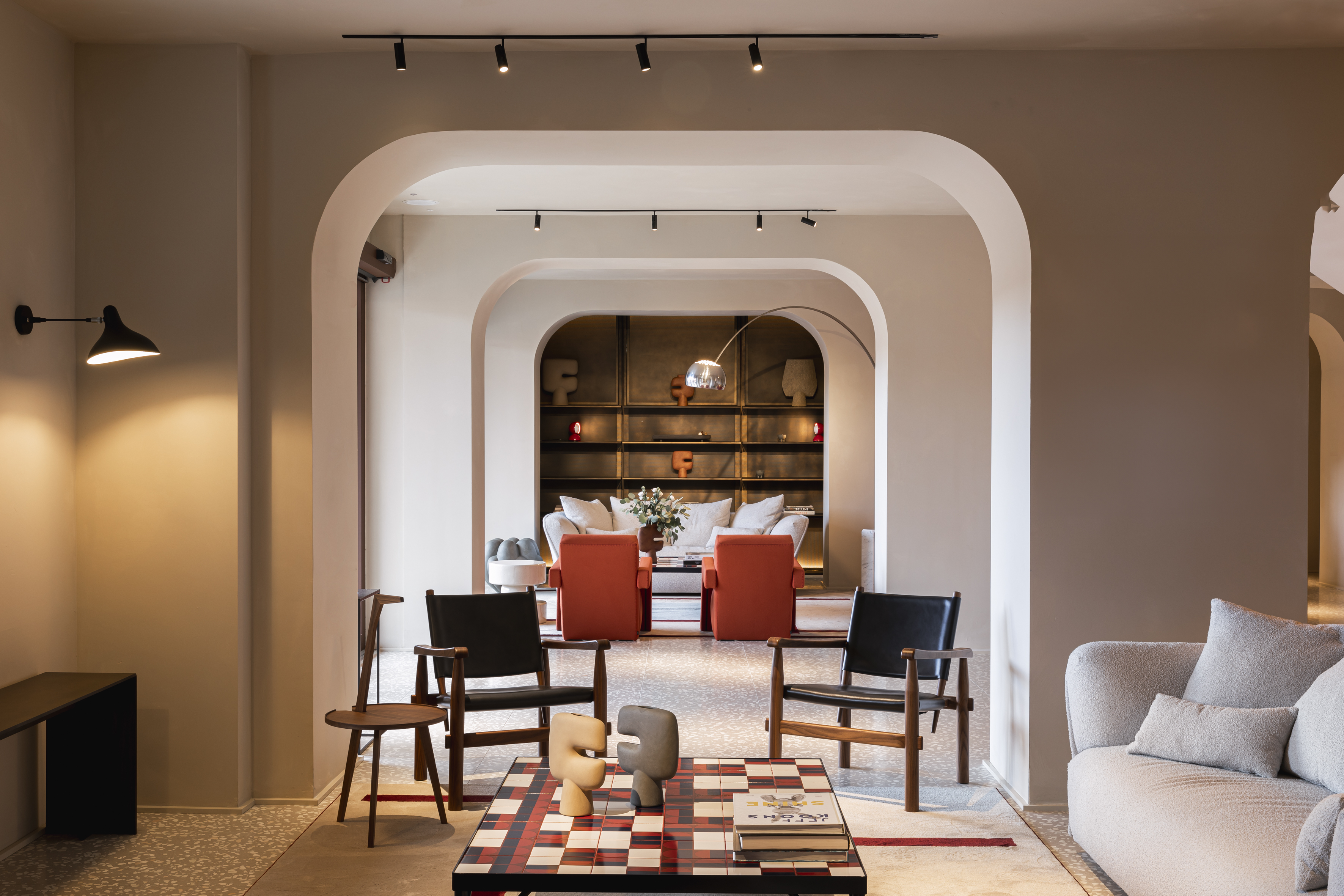
From the outset, the Jonssons wanted to keep each property entirely distinct from the next (‘They should be unique,’ says Mr Jonsson).
La Roqqa with its boutique-y, mid-century design leanings is very different to the more classic Hotel Torre di Cala Piccola in Porto Santo Stefano, which is about to undergo a facelift of sorts. It’s also the new hotelier’s favourite, for its views of the Tuscan Archipelago.
Local feedback concerning La Roqqa has been ‘very, very positive’, but there was initial backlash to the factory conversion, the last piece of the Miramis puzzle, which will be ‘very modern, very contemporary’ and won’t be completed until the end of the decade.
‘Perhaps we underestimated the importance of that property [to the local population and the landscape]; perhaps we didn’t have the right team,’ admits Mr Jonsson.
A new, Italian architect has been brought in to re-mastermind the project and fresh, more sympathetic plans drawn up and it is important to note that none of the hotels — only one of which has never been a hotel before and is, therefore, the only one adding to the Argentario room count — will have more than 60 rooms.
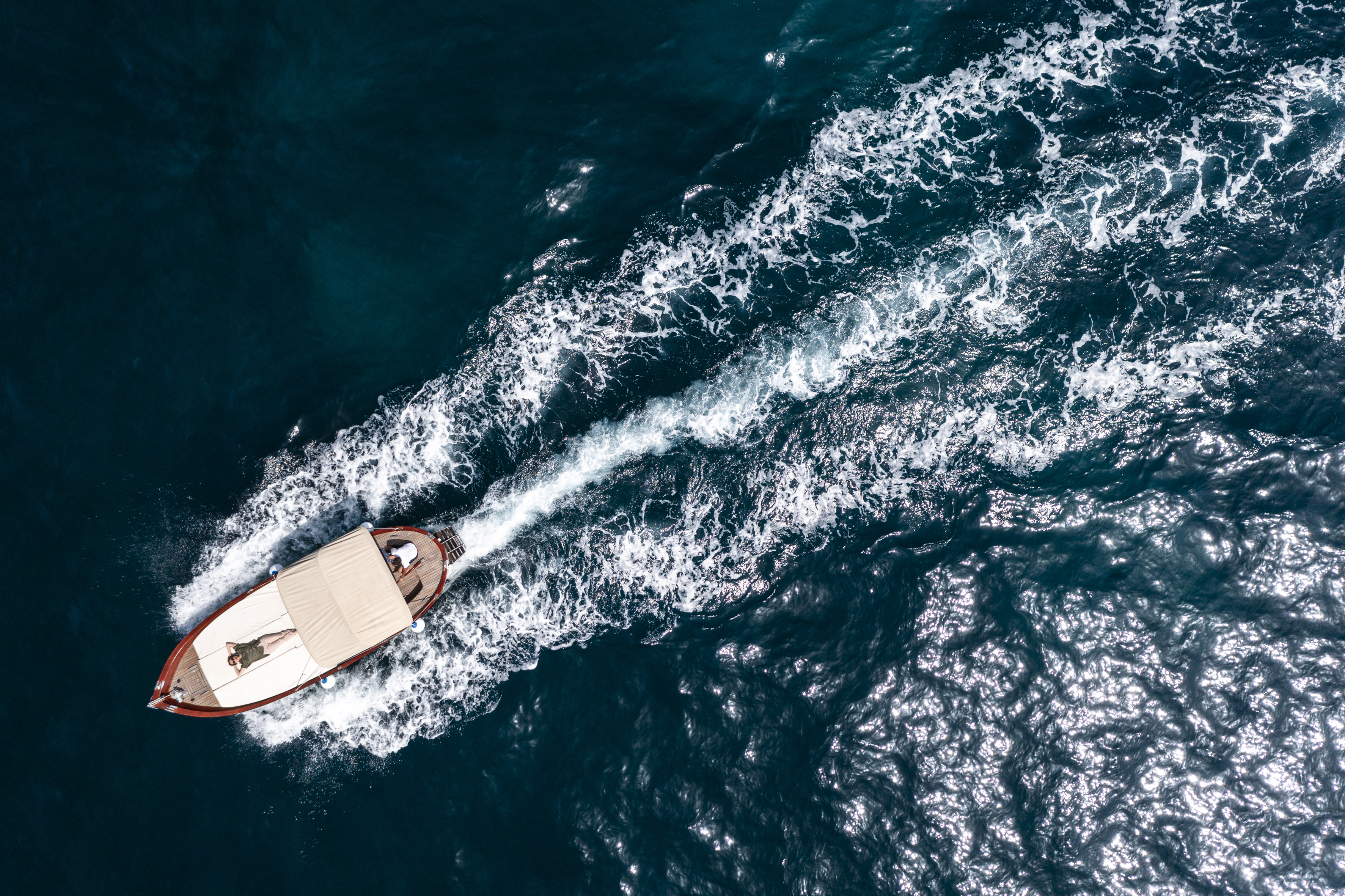
Mr Jonsson has plenty of recommendations for new visitors taking their virgin steps on this rugged and romantic corner of Italian countryside: the Tarot sculpture garden in Capalbio, created by the French-American artist Niki de Saint Phalle that is ‘really, really great, whether you’re interested in art or not’ and scuba diving.
Incidentally, this part of the Mediterranean fosters red corals rarely seen elsewhere. Yet another string for the Argentario to add to its already tuneful bow.
Rooms at La Roqqa from €435 (about £370) on a bed and breakfast basis. The price includes access to Isolotto Beach Club.
Rosie is Country Life's Digital Content Director & Travel Editor. She joined the team in July 2014 — following a brief stint in the art world. In 2022, she edited the magazine's special Queen's Platinum Jubilee issue and coordinated Country Life's own 125 birthday celebrations. She has also been invited to judge a travel media award and chaired live discussions on the London property market, sustainability and luxury travel trends. Rosie studied Art History at university and, beyond Country Life, has written for Mr & Mrs Smith and The Gentleman's Journal, among others. The rest of the office likes to joke that she splits her time between Claridge’s, Devon and the Maldives.
-
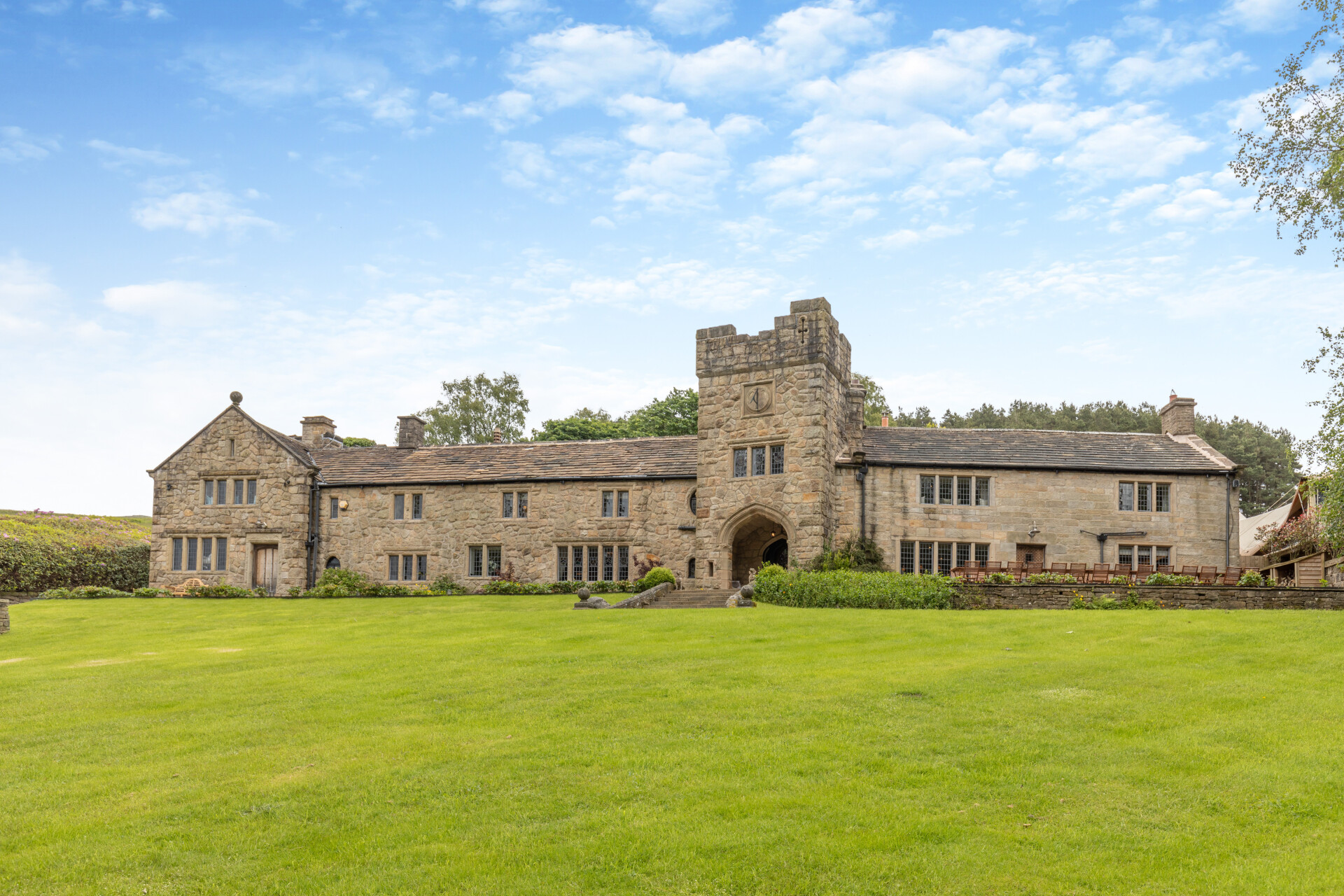 Some of the finest landscapes in the North of England with a 12-bedroom home attached
Some of the finest landscapes in the North of England with a 12-bedroom home attachedUpper House in Derbyshire shows why the Kinder landscape was worth fighting for.
By James Fisher
-
 The Great Gatsby, pugs and the Mitford sisters: Country Life Quiz of the Day, April 16, 2025
The Great Gatsby, pugs and the Mitford sisters: Country Life Quiz of the Day, April 16, 2025Wednesday's quiz tests your knowledge on literature, National Parks and weird body parts.
By Rosie Paterson
-
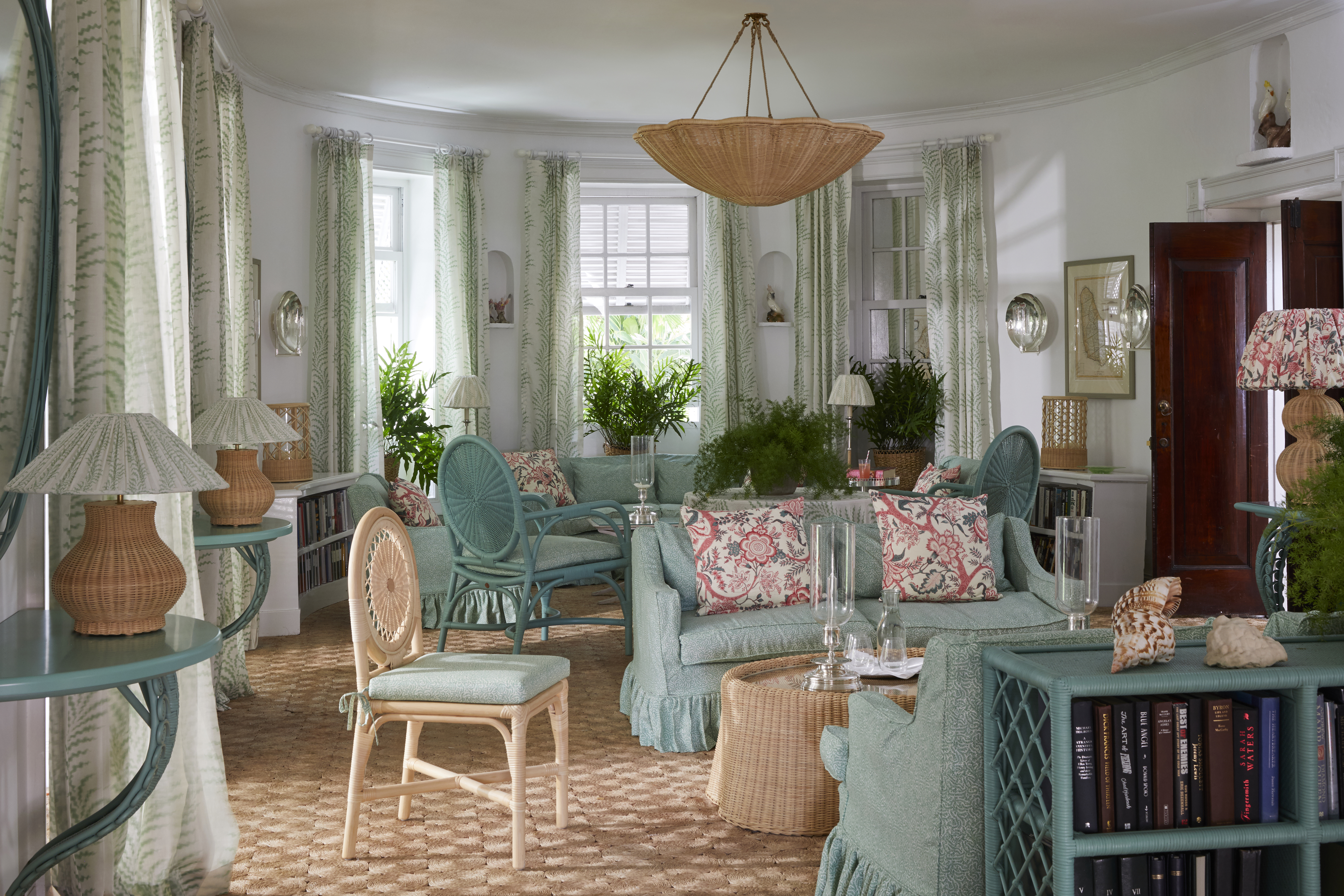 Why British designers dream up the most desirable hotels
Why British designers dream up the most desirable hotelsWhen it comes to hotel design, the Brits do it best, says Giles Kime.
By Giles Kime
-
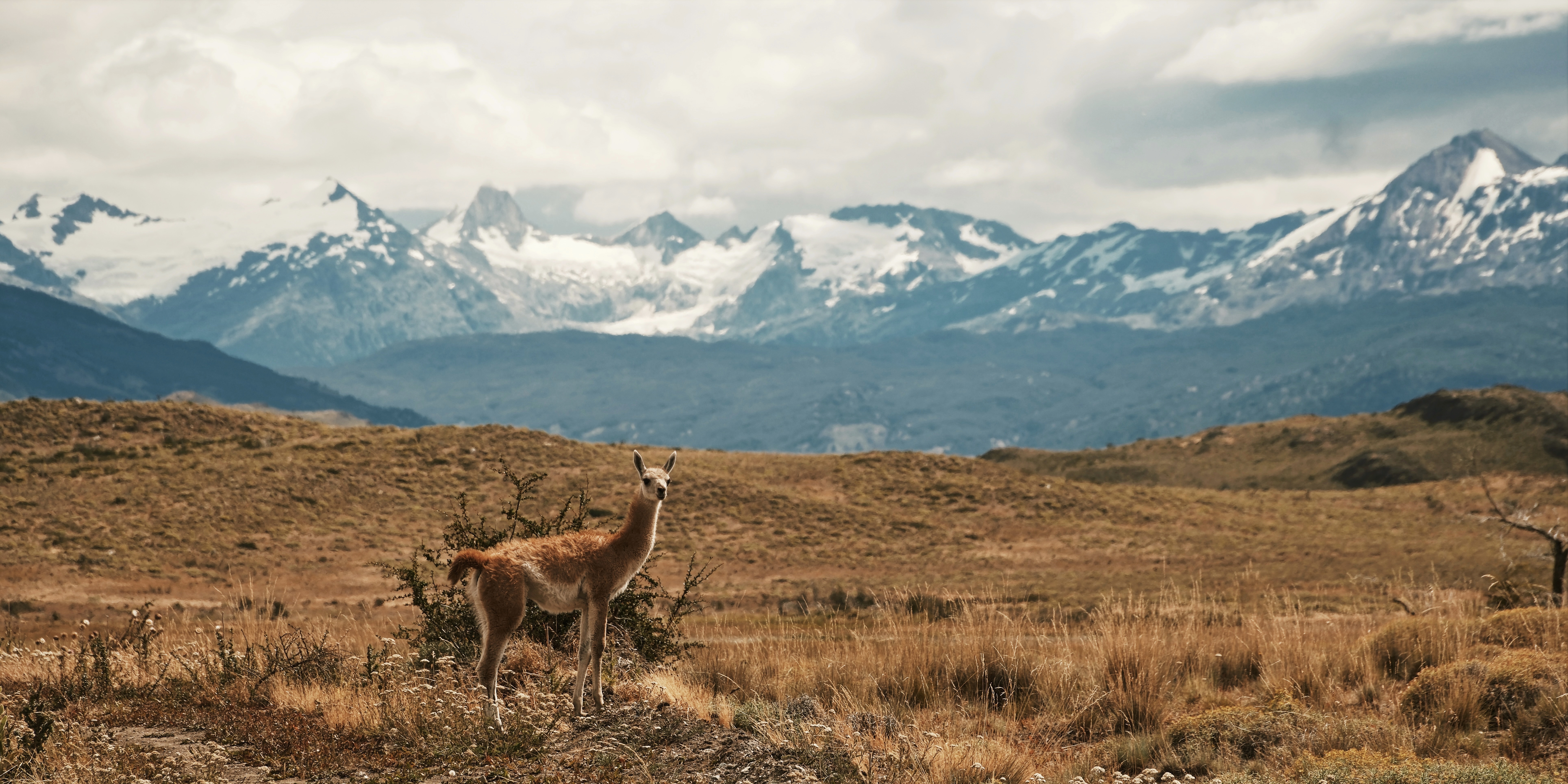 'This wild stretch of Chilean wasteland gives you what other National Parks cannot — a confounding sense of loneliness': One writer's odyssey to the end of the world
'This wild stretch of Chilean wasteland gives you what other National Parks cannot — a confounding sense of loneliness': One writer's odyssey to the end of the worldWhere else on Earth can you find more than 752,000 acres of splendid isolation? Words and pictures by Luke Abrahams.
By Luke Abrahams
-
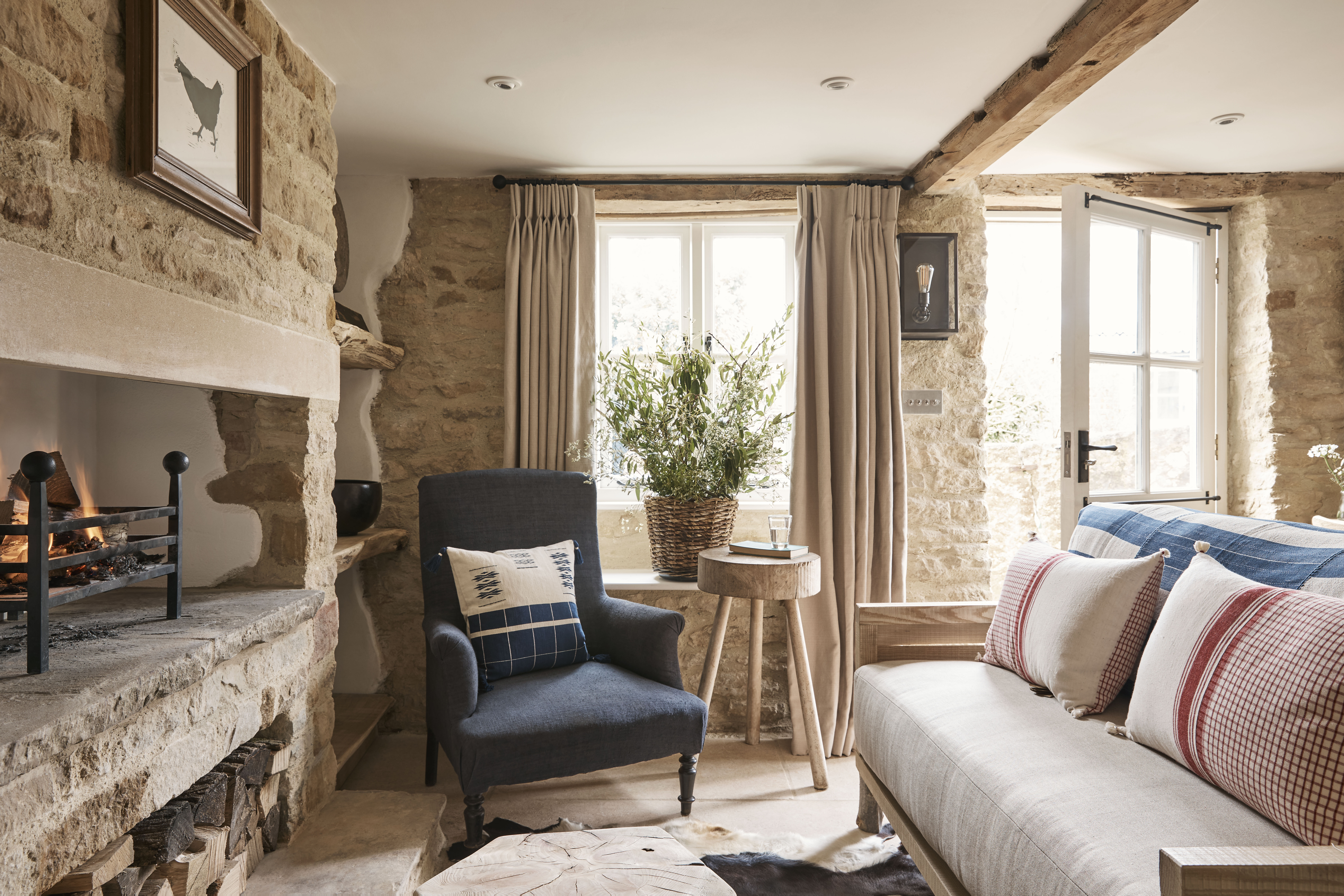 'The Wild Rabbit is a paean to Lady Carole Bamford's ethos of comfortable, yet incredibly spoiling accommodation'
'The Wild Rabbit is a paean to Lady Carole Bamford's ethos of comfortable, yet incredibly spoiling accommodation'At the heart of Kingham, one of Oxfordshire’s most historic and beguiling villages, The Wild Rabbit offers the chance to enjoy the authentic charm of the Cotswolds with all the trappings of a five-star hotel.
By Paula Lester
-
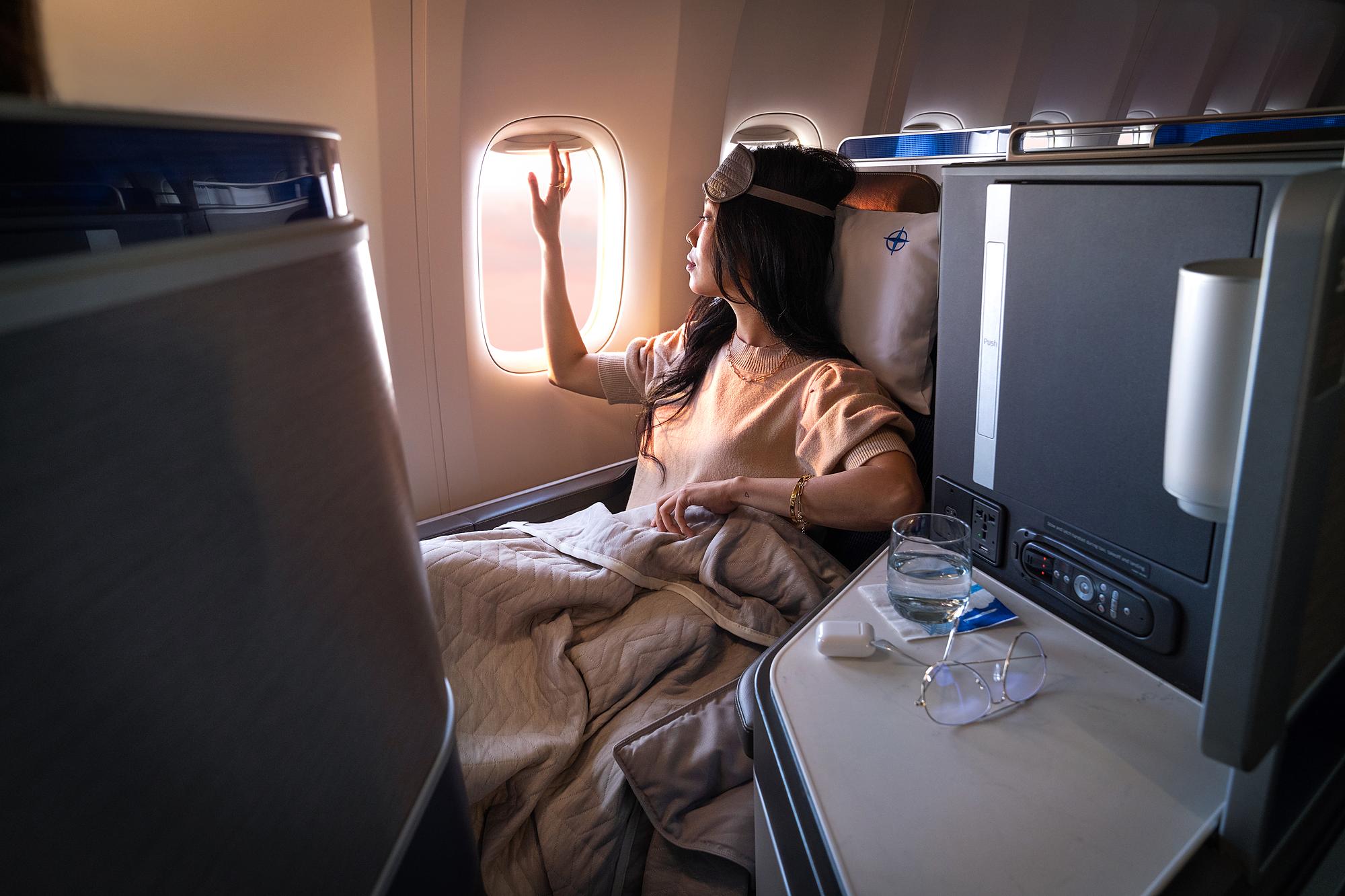 ‘The best sleep in the sky’: What it’s like to fly in United’s Polaris cabin, approved by American icon Martha Stewart
‘The best sleep in the sky’: What it’s like to fly in United’s Polaris cabin, approved by American icon Martha StewartUnited’s Business Class cabin goes by the name Polaris and Martha Stewart is a fan. So, how does it fare?
By Rosie Paterson
-
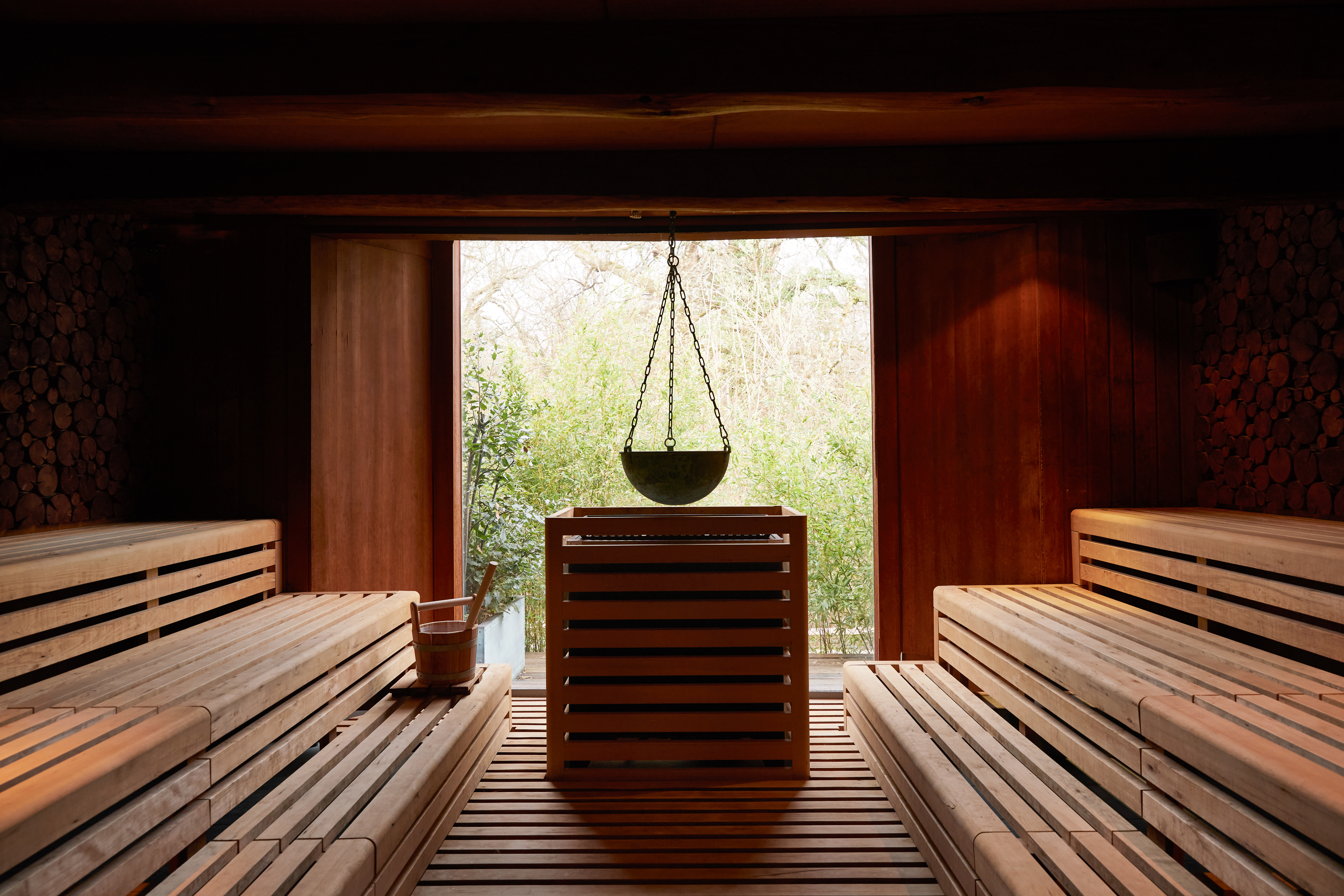 How to disconnect from reality and feel like a new person in under 72 hours
How to disconnect from reality and feel like a new person in under 72 hoursOur round-up of the best British retreats that work wellness wonders in under 72 hours.
By Jennifer George
-
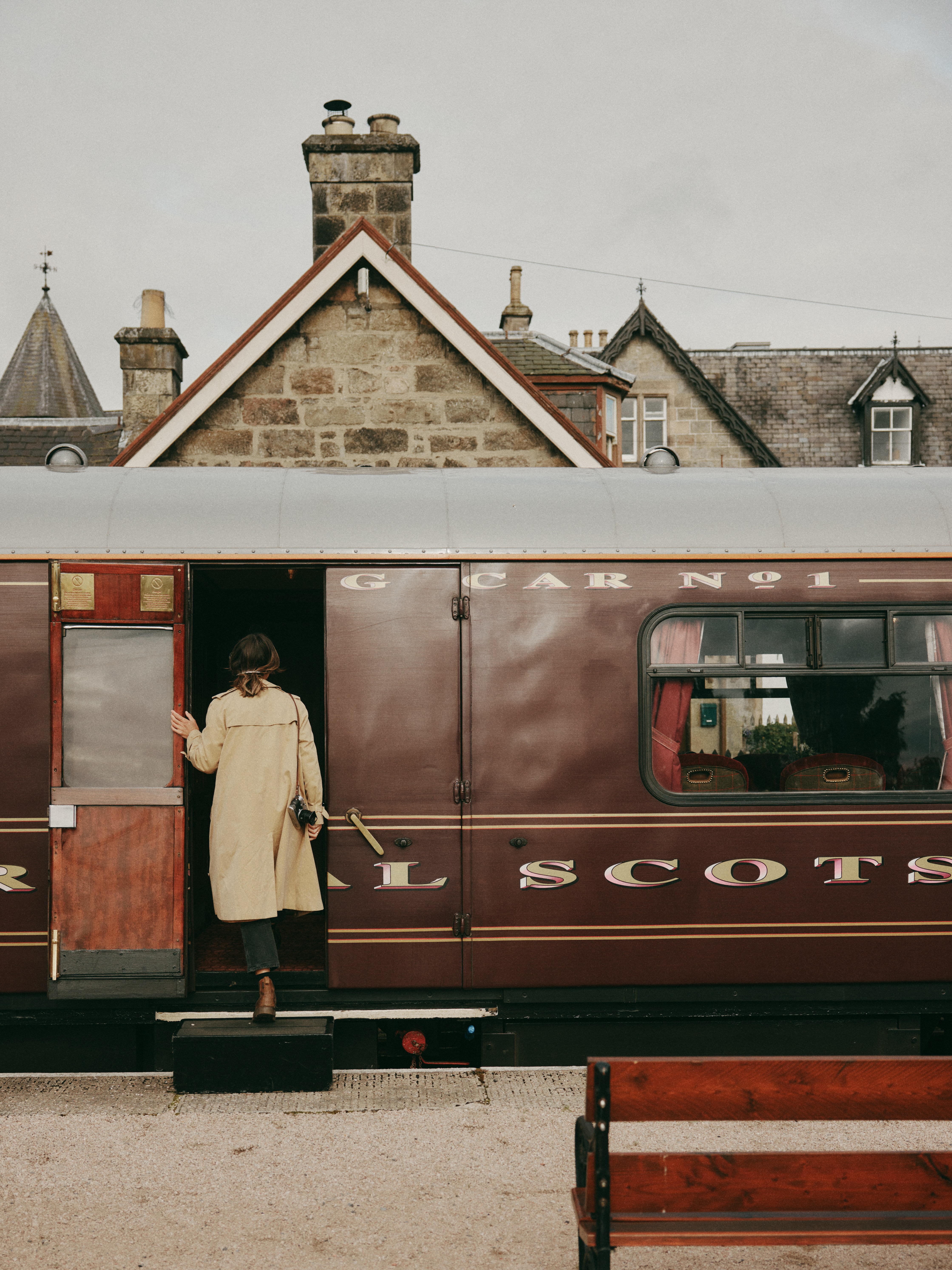 Scotland's majestic landscapes meet holistic wellness aboard Belmond and Dior's inaugural train retreat
Scotland's majestic landscapes meet holistic wellness aboard Belmond and Dior's inaugural train retreatThe Royal Scotsman, A Belmond Train, and Dior have announced a three-night travelling wellness retreat.
By Rosie Paterson
-
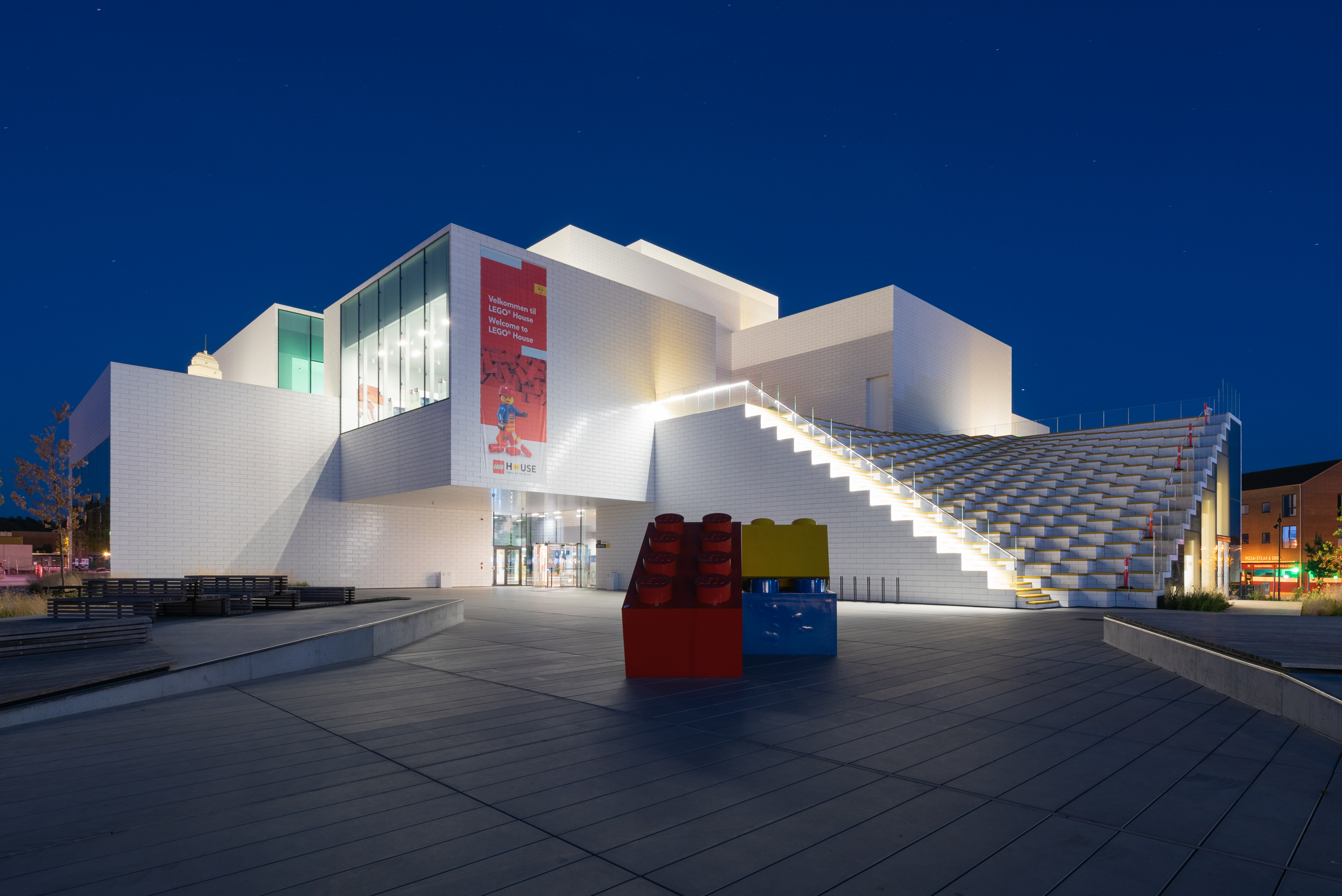 Art, architecture and plastic bricks at Lego House: 'It's as if the National Gallery set up easels and paints next to the masterpieces and invited you try your hand at creating a Van Gogh'
Art, architecture and plastic bricks at Lego House: 'It's as if the National Gallery set up easels and paints next to the masterpieces and invited you try your hand at creating a Van Gogh'The rural Danish town where Lego was created is dominated by the iconic toy — and at Lego House, it has a fittingly joyful site of pilgrimage. Toby Keel paid a visit.
By Toby Keel
-
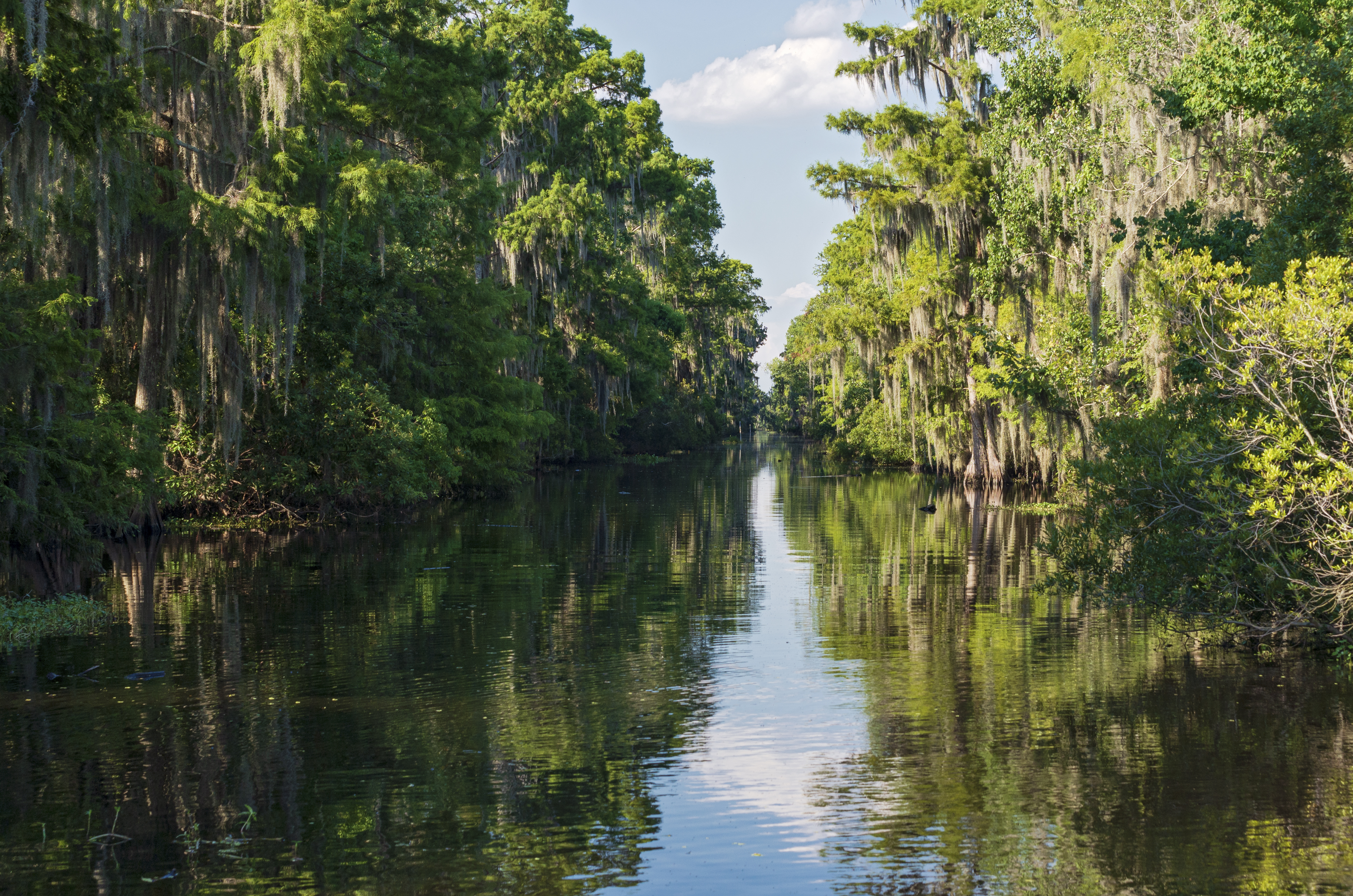 How to cruise in the wake of Mark Twain on the great Mississippi River of the American South
How to cruise in the wake of Mark Twain on the great Mississippi River of the American South'You cannot understand Twain without understanding the great river that winds its way as twistingly through his work as it winds through the middle of America.'
By John Niven